Up to 50% Clearance Clothing & Footwear + Extra 25% Off REI Outlet.

Dublin is a city full of people from all over the world who have come here to work, go to school or simply bask in the culture. It’s also a big hit with tourists and there are dozens of attractions vying for those precious tourist dollars (ahem, Euros). Fortunately, there is plenty to see that is free or cheap and just as many ways to save on everything from meals to attractions.
Getting Around
If arriving via the Dublin airport, there are several buses to the city center (what we Americans refer to as “downtown”). Buy your ticket at the kiosk at the bus stop or, if you have exact change, from the driver on the bus.
There’s lots to see in and around the city center, so if you have time, grab a map, split the city up into sections, and tackle one every day. This is where a good guide book comes in handy. If you have one, it will probably have a map marked with the most popular attractions and restaurants so you know what’s close and don’t waste too much time walking back and forth between far ends of the city.
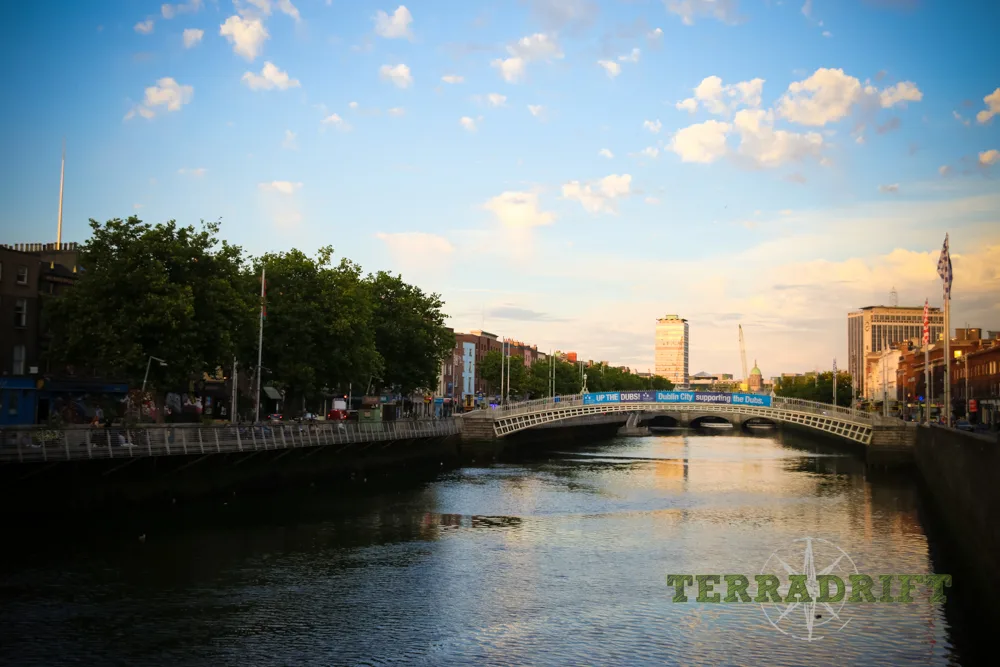
Enjoy Dublin for Free
- Dublin Castle: You can take a tour of the large castle and its grounds. Tour guides offer lots of surprising information about things like Cornwall’s defeat in America’s War of Independence and Queen Victoria’s diminutive stature. The tour is made even better if you can manage to show up on the first Wednesday of the month when it’s free.
- Chester Beatty Library: Next door to Dublin Castle where admission is always free. It houses an impressive collection of ancient manuscripts, old bindings and ancient scrolls.
- Parks: Relax in between attractions at any of the dozens of parks throughout the city. I was a fan of the one next to St. Patrick’s Cathedral which was filled with flowers and memorials to some of Ireland’s best loved writers. There is also St. Stephen’s Green, a beautiful park with paths and lakes, a delightful place to relax or have a picnic, and Merrion Square where you can find a statue of Oscar Wilde Reclining on a boulder (Like Wilde? Just across the street is the house where he lived in Dublin.) There is also the Garden of Remembrance with the great big “Children of Lir” statue dedicated to those who died in the pursuit of Irish independence. It’s designed after an Irish fairy tale about about three children who were transformed into swans by their wicked stepmother. Iveagh Gardens is also quite peaceful.
- Cathedrals: While most charge admission during the day, if you plan to arrive before an evening or Sunday morning service you can enjoy a beautiful service with beautiful music that grants you free admission to the cathedral. We enjoyed the choral evensong at St. Patrick’s Cathedral, chosen because writer Jonathan Swift is interred there. The evensong was truly one of the highlights of our visit to the city.
- The Temple Bar: It’s filled with local shops, lots of pubs, and art galleries. Wandering and window shopping is always free! You may also stumble across The Gutter Bookshop, a little bookstore with the greatest literary shirts and gifts. We even happened to wander by just in time to catch a launch party for a local author’s book! Free wine and entertainment!
- Hugh Lane Gallery: This is where you can view masters like Manet. More modern artists like Yeats are also on display and there is some great stained glass. The best part is that it’s free!
- Trinity College: It’s an impressive campus made even more exciting (for a writer) by the knowledge that writers like Jonathan Swift walked the grounds. It’s free to walk about, but if you want to see the Book of Kells in the library it’s going to run you €21.50.
- Douglas Hyde Gallery: For an ever-changing collection of artwork, check out the small but Intriguing gallery on the Trinity campus. Only a few dozen pieces are usually displayed, but they are by local artists and are very skilfully done.
- Ireland’s National Gallery: It has an impressive collection of old masters like Rembrandt, Goya and Poussin. So if you like art, it’s the place to go.
- National Museum: Stop by for a taste of Ireland’s history and culture and a glimpse at some of it’s most precious artifacts. Some items date back to circa 1500 BC. This and the Natural History Museum just across the lawn are both free.
- Grafton Street: Take your time enjoying the street performers — there can be anything from sand sculptors to break dancers — and pop into some of the shops and cafes. It’s a popular street and there’s always something going on that you don’t have to pay for.
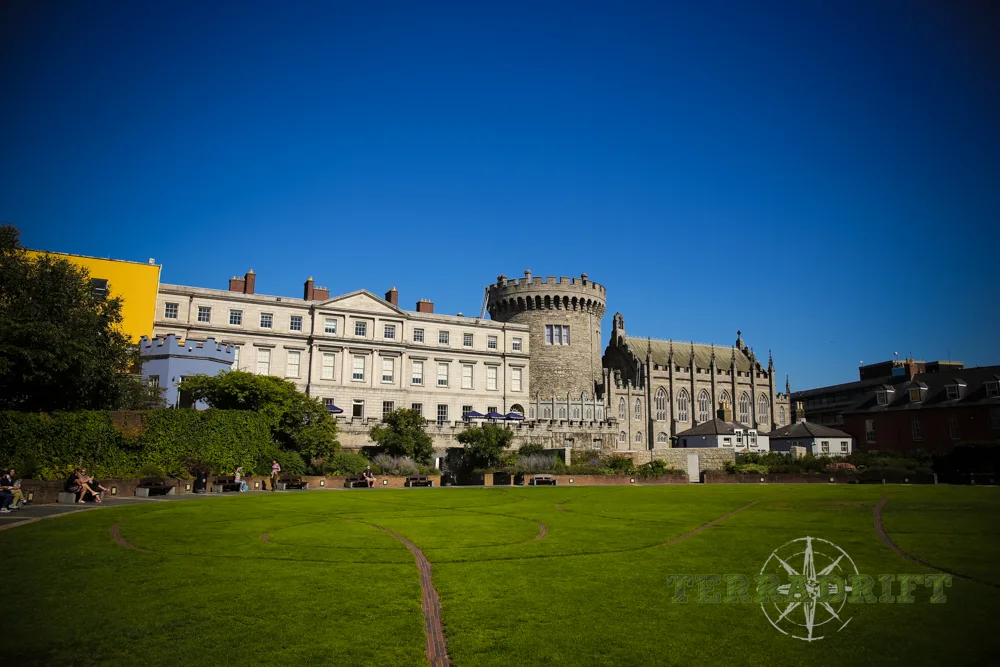
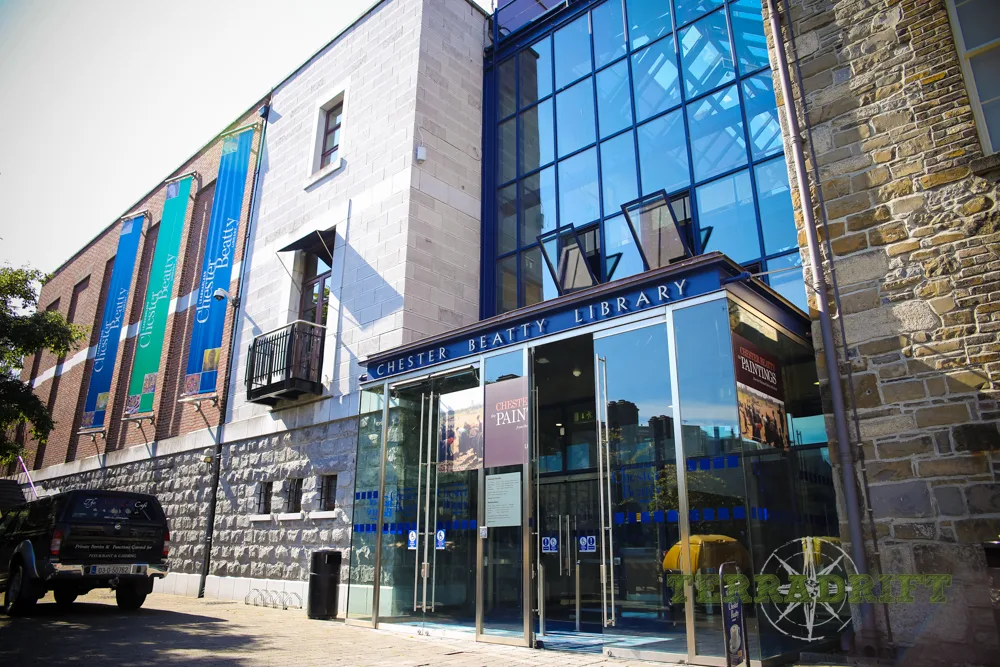
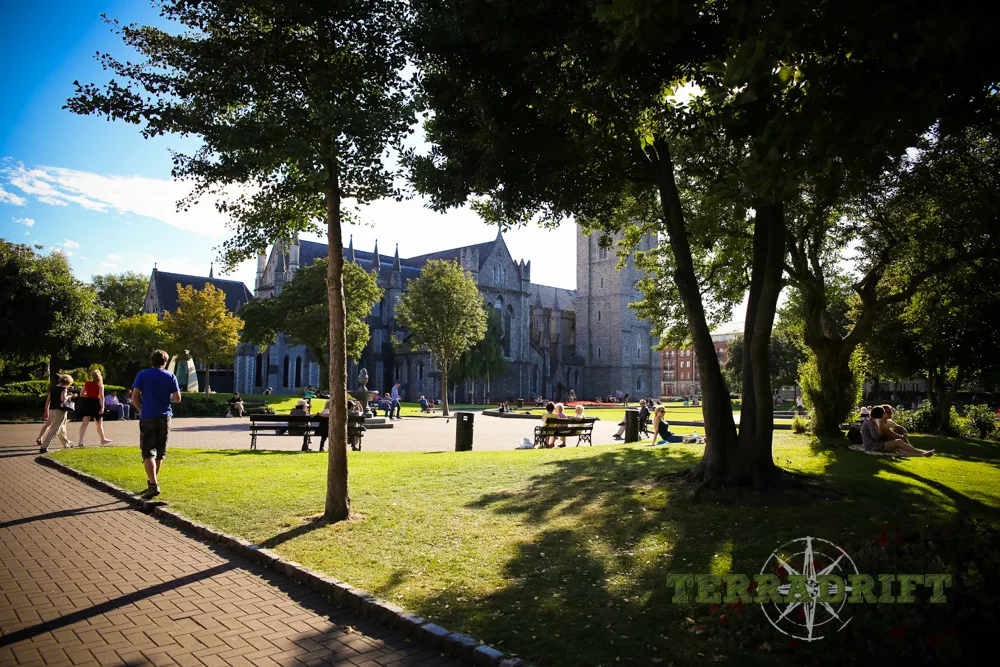
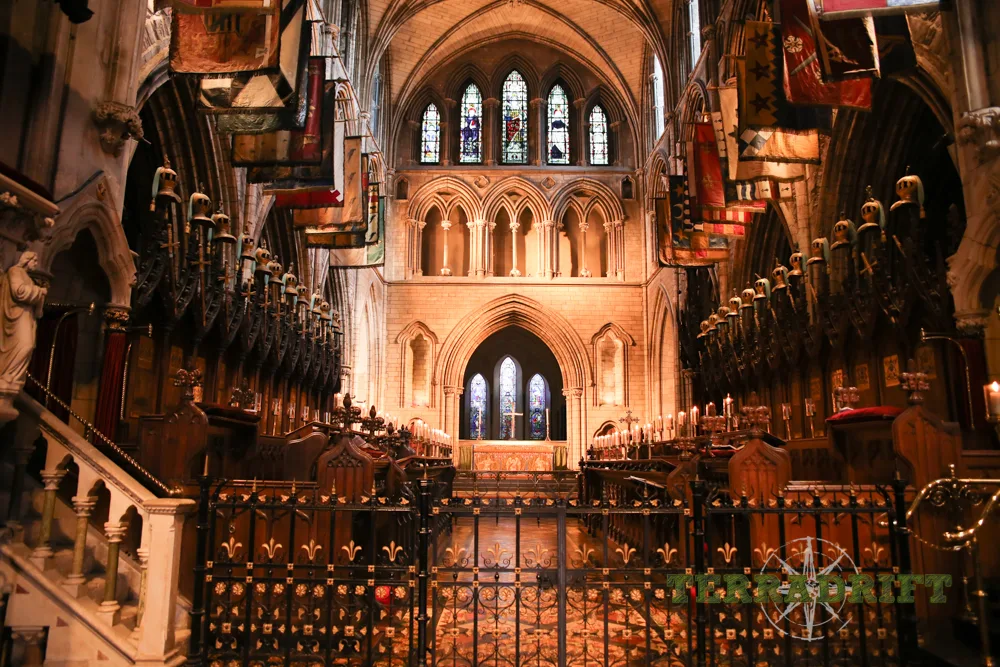
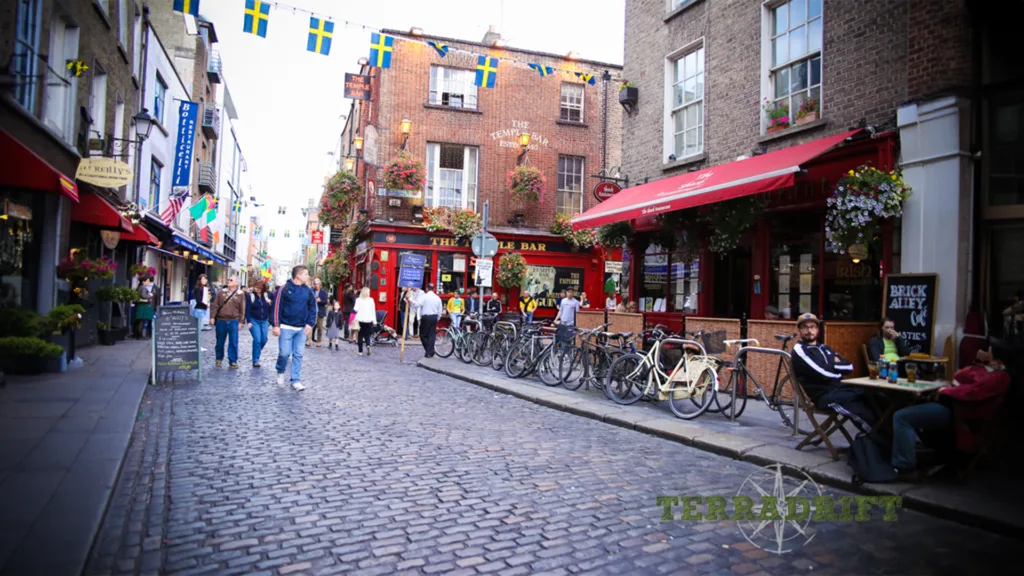
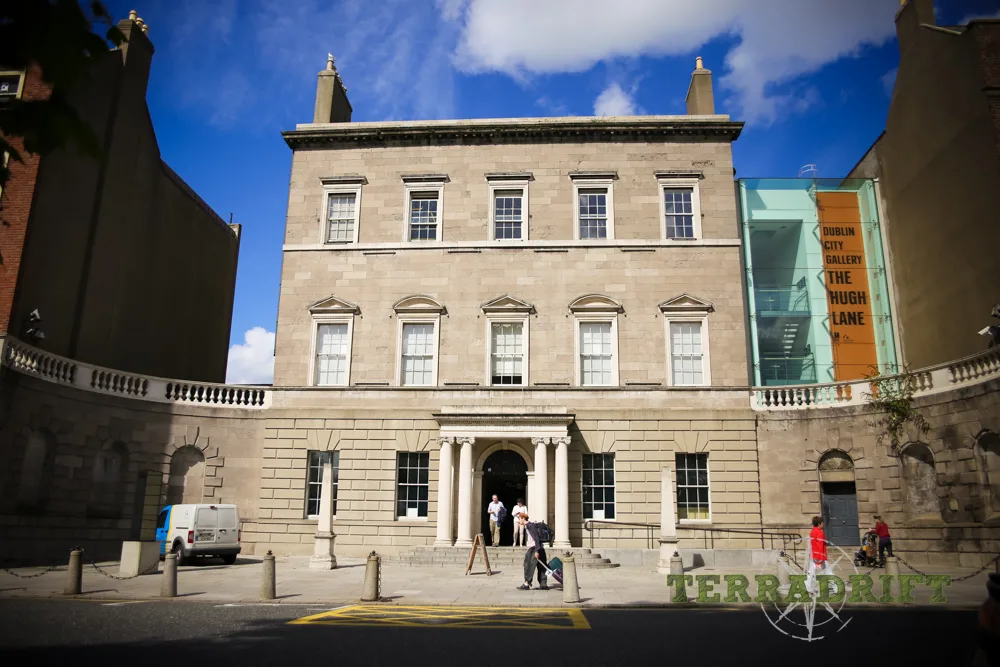
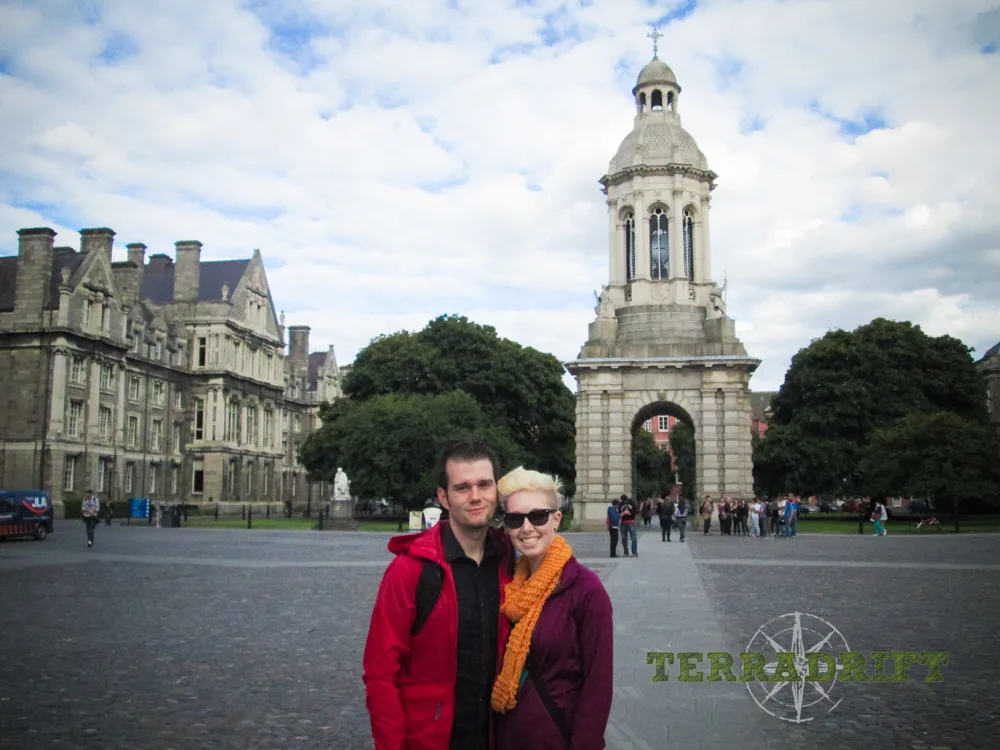
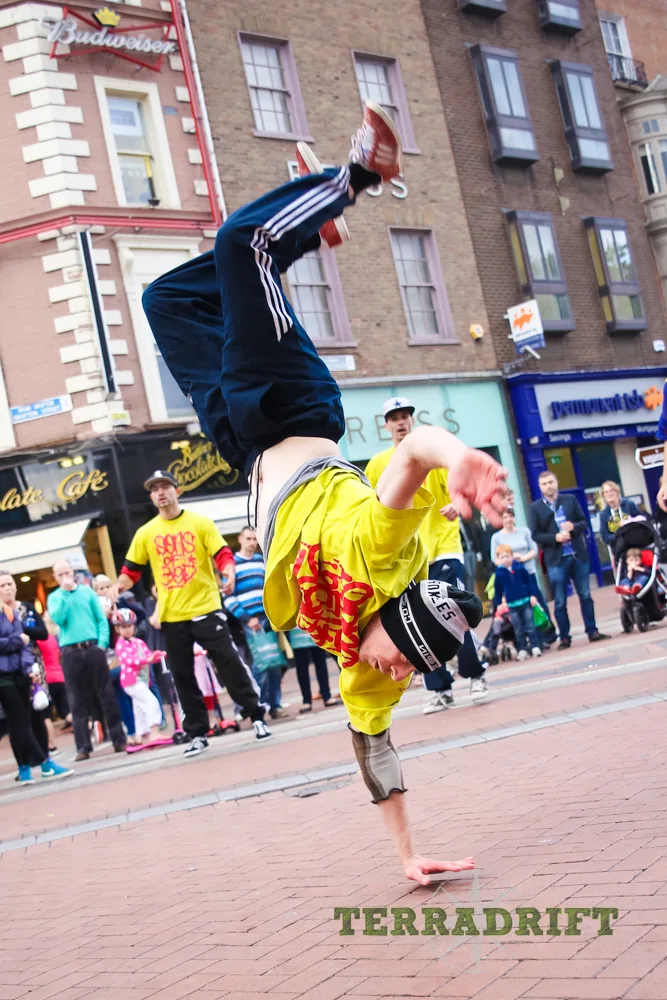
Our Favorite Things
- If you’re visiting during summer months, take a walk to Shaw’s childhood home [Tours No Longer Available] and snap a few photos of the Victorian residence.
- Dublin Writers Museum [permanently closed]: Admission includes an audio guide, but it’s worth it if you admire Irish writers like Oscar Wilde, James Joyce and Bram Stoker. The museum houses busts of famous writers, first editions including “Dracula,” and even a Remington typewriter owned by Patrick Kavanagh (I own the same model!). You might even learn a few things, like the fact Wilde was imprisoned in England for two years for purportedly being homosexual.
- James Joyce Center: You can take a tour and listen to readings of some of Joyce’s most famous works. You can also sign up for a guided Joycean tour of the city. It’s €7 for admission to the center and €12 for a walking tour. What’s free is a photo with the James Joyce statue just off O’Connell Street by the Spire!
- Books Upstairs: Across the street from Trinity College I couldn’t pass up a copy of “Dubliners” for €3. Highly appropriate.
- Bewley’s Cafe: For a real treat, plan to have lunch here one afternoon where you can not only enjoy a generous portion of soup and brown bread, but reserve a spot for an afternoon show. In the upper room the cafe offers live theater most weekdays for €8-12 (€8 on Mon, €10 on Tues-Thurs, €12 on Sat) and soup and bread is only an additional €4 (check website for the latest prices). I was thrilled to see “The Happy Prince,” an Oscar Wilde play, in the cozy cafe.
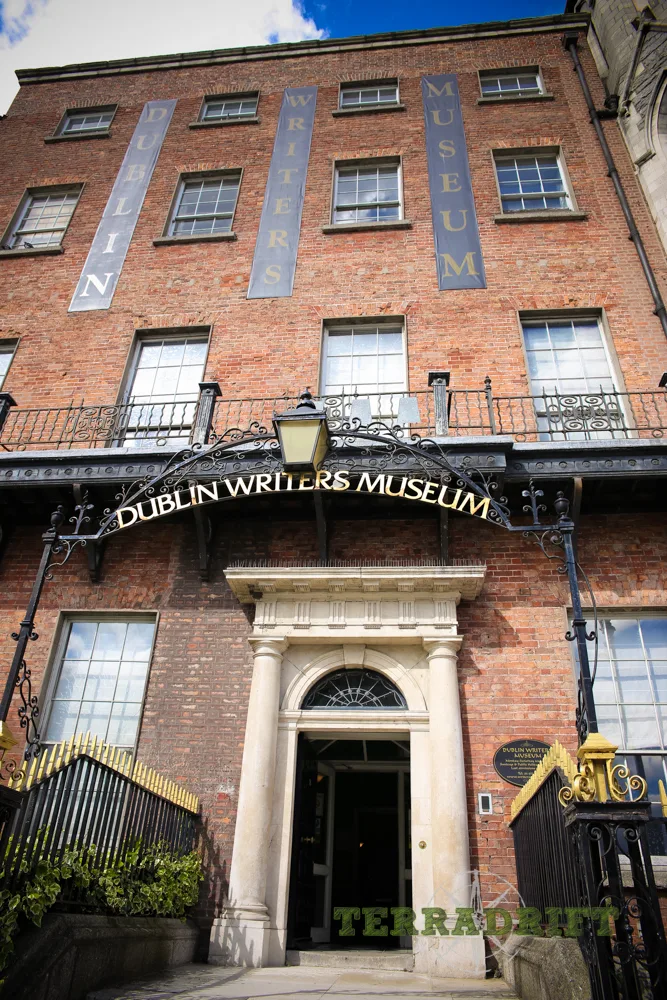
Grab a Bite
- Queen of Tarts: Across the street from Dublin Castle is a great, inexpensive spot to grab a treat, maybe afternoon tea and scones to recharge from a morning of history lessons. Don’t forget the cream and raspberry jam!
- Panem: When it’s time for a break, enjoy a sandwich, tart or mocha on Lower Ormond Quay and relax by the river. Browse a few of the shops and bookstores nearby while you sip and snack.
- KC Peaches: A great local chain for a meal or mid-afternoon snack on a budget. For something heartier they have a self-serve buffet for dine-in or carryout where you pay by the size of the plate or to-go box you desire.
- Mes Amis Sandwich Bar [closed]: A good place to refuel with a tasty sandwich, wrap or panini for a good price. Quick service will have you back on the town in no time!
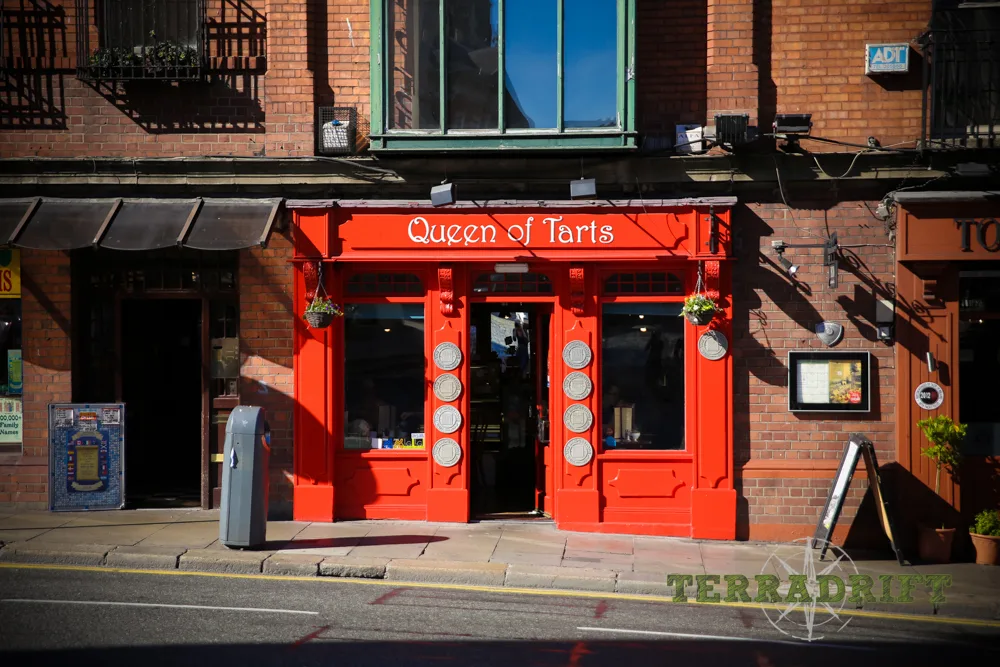
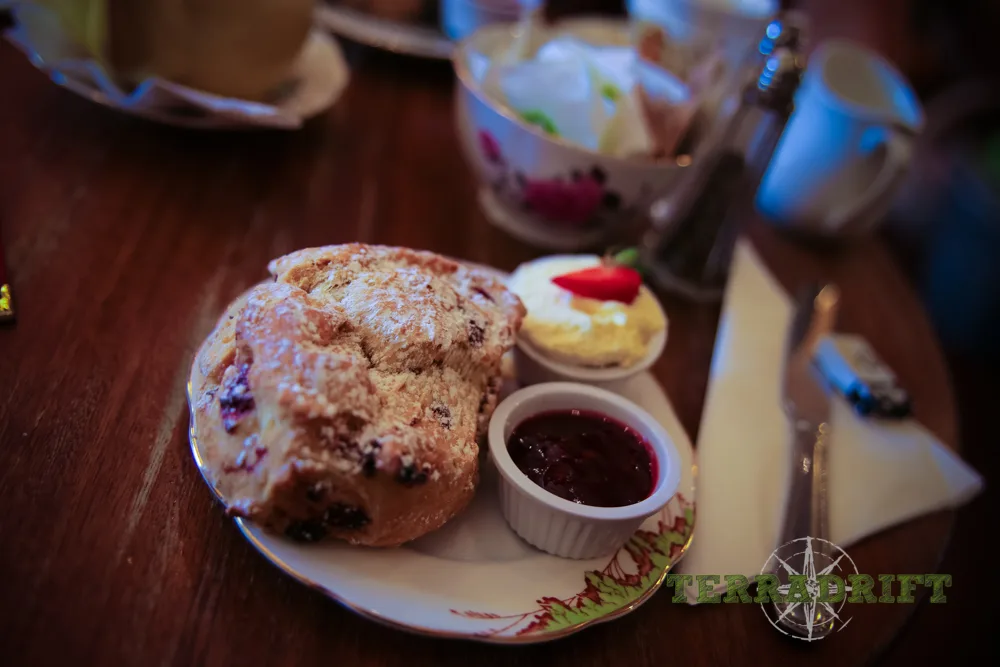
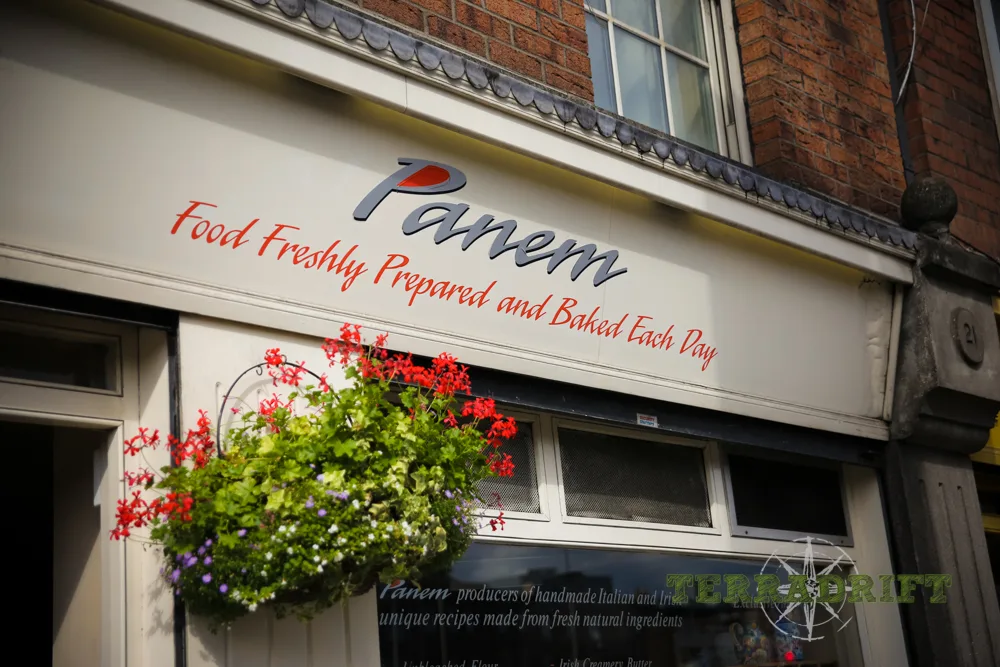
More Money Saving Tips
When it comes to dining, there are no shortage of pubs and restaurants in Dublin. Many you’ll pay dearly for come dinnertime. My advice, and what we did most of the time, is have micro meals throughout the day to both keep you energized and allow you to sample from a variety of establishments. But whatever you do, don’t pass up afternoon tea! I’m not a tea drinker, but I looked forward to a scone or tart every afternoon washed down with a hot mocha. Soup is also a great money-saving meal as the bowls are deep and it’s usually served with several slices of bread to fill you up. For lunch, find a local eatery and have a sandwich. We often split a meal at lunch to save even more.
Walk everywhere. Dublin, while quite a metropolis, isn’t a sprawling city, so save yourself the bus fare by hoofing it. While you may be able to cover more ground on a bus, you can walk from one end of the city to the other in about 30 minutes if you keep a brisk pace.
As for the Dublin Pass, whether or not it’s worth the cash depends on what you plan to see and do while you’re there. Print out a list of the attractions included in the Dublin Pass, then make a separate list of things you plan on seeing and doing while you’re there and how much they cost per person.
Compare the lists and if your personal list of desires adds up to more than a Dublin Pass, it might be worth it. But doing your homework first could save you a bundle!
For a much longer list of Dublin attractions, including free ones, and info on the Dublin Pass and getting around, check out www.visitdublin.com. Enjoy your trip!
Alisha is a freelance outdoor journalist and photographer based in Ogden, UT. She loves backpacking, hiking, mountain biking, kayaking and snowboarding (even though she’s terrible at it). She’s also pretty sure she’s addicted to coffee. alishamcdarris.com
